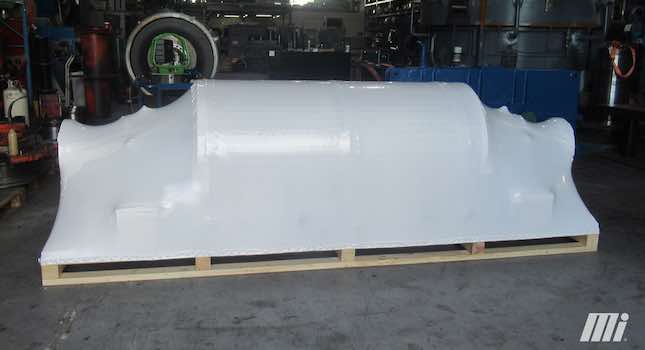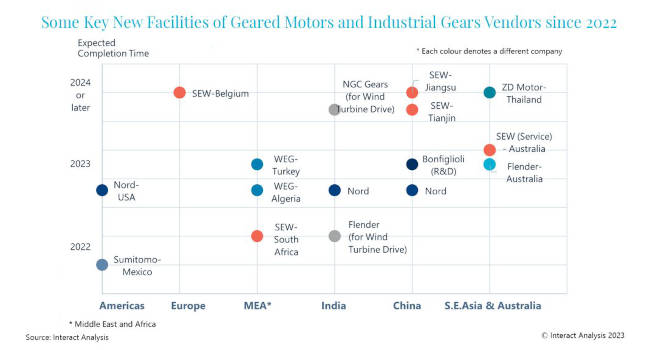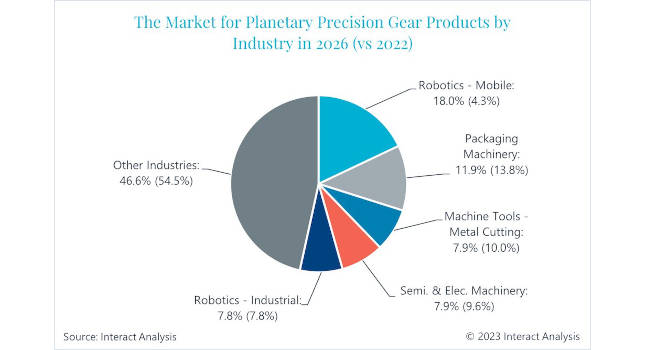Information - and more specifically, the ability to turn information into results - is proving to be the linchpin for managing energy costs
Energy in all its forms (i.e., electricity, water, compressed air, gas and steam) may be the lifeblood of manufacturing, but information – and more specifically, the ability to turn information into results – is proving to be the linchpin for managing energy costs.
Why? The old adage is true: Information is power. It can help an industrial facility manager make real-time energy decisions, and compounded over time, those decisions can have a dramatic effect on a facility’s bottom line and help it become more profitable.
Information gathering, analysis
There are many ways information can be gathered on a plant floor, but without an integrated energy management system consisting of a business intelligence layer – through a manufacturing execution system (MES); a supervisory control and data acquisition (SCADA) system; and a robust network of programmable logic controllers (PLCs) – turning that information into results-driven action simply isn’t possible. That also means benefits such as increased energy efficiency, cost savings and improved productivity won’t be realized.
Thus, energy-usage analysis within the context of production enables decision-making that results in a greater opportunity for energy savings. That means it’s crucially important for the information-gathering infrastructure to display energy usage data in a meaningful way, so it can be distributed to the personnel that can actually take action to better manage a plant’s energy usage (i.e., department heads) – with appropriate follow up if action is delayed.
Such analysis is also a key part of a comprehensive strategic energy management action plan, which includes four steps:
1. Measuring energy usage through power metering and monitoring, and energy audits.
2. Fixing the basics, or employing measures such as installing low-consumption devices and power factor correction.
3. Automating where appropriate, or optimizing energy usage through automation and regulation via measures such as HVAC and lighting control.
4. Monitoring and controlling through monitoring services, enterprise energy management (EEM) and energy analysis software.
Passive vs. active approaches
Consider a manufacturer that sets a goal of saving 10% on utility costs per year. A facility manager may spend the first year making a number of basic fixes such as installing low-consumption devices or improving the plant’s power quality. While those tactics did save on utility costs, the goal wasn’t met.
There can be many reasons for this, of course, but the manager chose to focus on Step 2 above, or a passive approach. For example, a new energy-efficient transformer has a useful lifecycle of two decades or more, so while the energy efficiency value is theoretically accrued over that entire time period, the greatest cost savings impact will be felt initially. The same can be said for energy-efficient lighting, or purchasing U.S. Environmental Protection Agency ENERGY STAR-rated appliances.
The next year, the facility manager takes a different approach: Installing power meters that are connected via Ethernet, with information delivered to his desk through the integrated SCADA and MES user environment. The SCADA system turns that information into readable data, while the MES business intelligence layer allows the facility manager to examine energy information and understand consumption patterns, and realize what production events created the largest energy demand, placing energy usage within the larger context of production.
For example, the facility manager may find that raw material from one supplier uses more energy in processing than raw material from another, or one shift runs the plant with less overall energy than others, all of which provides a guide in ongoing energy efficiency decision making, an important part of an energy management action plan. This information can be delivered to individual department heads, who are then made responsible for instituting changes that better manage energy. Each department may receive an energy bill, along with the requirement to fashion a plan to increase energy efficiency by 10% within a specified time window, and milestone dates for implementation.
Those department heads can rely heavily on automation to accomplish their stated objectives. Networked PLCs within a given department could execute changes directly from the SCADA system such as slowing motors during the lunch hour (but not stopping them) to avoid peak demand charges, or automatically turning lights off in an area, and then back on again after lunch. With this approach applied, energy is managed at the device level and the plant’s original goal of a 10% reduction in utility costs is not only met in the second year, but exceeded.
It’s important to note that this encompasses an active approach to energy management, or Steps 3 and 4 above, because it allows for adjustments based on new energy-efficiency opportunities that arise in the future. For example, a department head could realize that the same energy management strategy used for the lunch hour – slowing motors and automatically turning lights off in an area, and then on again when lunch is over – could be applied during mid-afternoon coffee breaks, which last 15 minutes. While the energy efficiency impact from one instance may not be vast, it will be substantial over the course of an entire year. It could also be expanded to events such as quarterly all-company meetings.
Best of all, the strategy doesn’t rely on human interaction to complete the task. Power meters collect the data within the SCADA system, which creates documents such as pie charts or Gantt charts, that become deliverables to department heads. The appropriate actions can then be programmed into networked PLCs so they automatically occur.
An active approach can help change the maintenance department’s approach to its work from reactive to predictive. The SCADA system can collect status information about individual motors to allow the system’s business intelligence layer to predict when they will require maintenance, and can prompt the maintenance manager to have his team attend to the issue immediately, to avoid unscheduled downtime. For example, a motor management controller could alert the SCADA system that the current draw on a motor is rising. A message is sent to the maintenance manager, who will schedule actions such as greasing bearings, tightening belts or possibly even replacing the motor. Obviously, any method that can be used to avoid unplanned downtime is valuable to the maintenance department.
Next step
Finally, it’s crucial to note that while networked PLCs, SCADA, MES and other solutions can be powerful means to better manage energy, unless it is truly part of a robust energy management action plan, their effectiveness will be limited. An energy action plan takes that crucial next step toward ongoing improvement because it recommends a roadmap that inculcates ongoing energy planning, which can create an environment of accountability.
Robert Konerman is product manager of Automation & Safety for Schneider Electric’s North American Operating Division. He is based in Raleigh, N.C.



